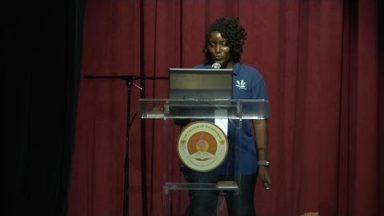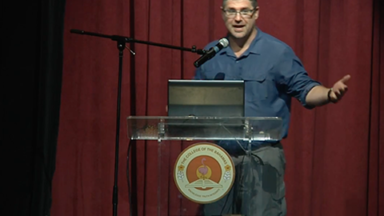A spatio-temporal evaluation of somatic growth dynamics of West Atlantic Hawkbills
Karen A. Bjorndal, Milani Chaloupka, Vincent S. Saba, Carlos E. Diez, Robert P. van Dam, Barry H. Krueger, Julia A. Horrocks, Armando J. B. Santos, Cláudio Bellini, Maria A. G. Marcovaldi, Mabel Nava, Sue Willis, Brendan J. Godley, Shannon Gore, Lucy A. Hawkes, Andrew McGowan, Matthew J. Witt, Thomas B. Stringell, Amdeep Sanghera, Peter B. Richardson, Annette C. Broderick, Quinton Phillips, Marta C. Calosso, John A. B. Claydon, Janice Blumenthal, Felix Moncada, Gonzalo Nodarse, Yosvani Medina, Stephen G. Dunbar, Lawrence D. Wood, Cynthia J. Lagueux, Cathi L. Campbell, Anne B. Meylan, Peter A. Meylan, Virginia R. Burns Perez, Robin A. Coleman, Samantha Strindberg, Vicente Guzmán-H., Kristen M. Hart, Michael S. Cherkiss, Zandy Hillis-Starr, Ian F. Lundgren, Ralf H. Boulon, Jr., Stephen Connett, Mark E. Outerbridge, and Alan B. Bolten
Hawksbill sea turtles (Eretmochelys imbricata) are long-lived, major consumers in coral reef habitats that move over broad geographic areas. We assessed spatio-temporal effects on hawksbill growth dynamics (3541 growth increments) over 24 study sites throughout the West Atlantic and The Bahamas during a 33-year period (1980-2013). We also explored relationships between growth dynamics and climate indices. We used generalized additive mixed model analyses to evaluate 10 covariates, including spatial and temporal variation that could affect growth rates. Growth rates throughout the region responded similarly over space and time. The lack of a spatial effect or spatio-temporal interaction and the very strong temporal effect reveal that hawksbill growth rates in The Bahamas and West Atlantic are likely driven by region-wide forces. Between 1997 and 2013, mean growth rates declined significantly and steadily. Regional climate indices have significant relationships with annual growth rates: negative with Caribbean sea surface temperature (SST) and positive with the Multivariate El Niño Southern Oscillation Index (MEI). Declines in growth rates between 1997 and 2013 throughout the West Atlantic and The Bahamas most likely resulted from warming waters through indirect negative effects on foraging resources of hawksbill sea turtles.







Recent Comments